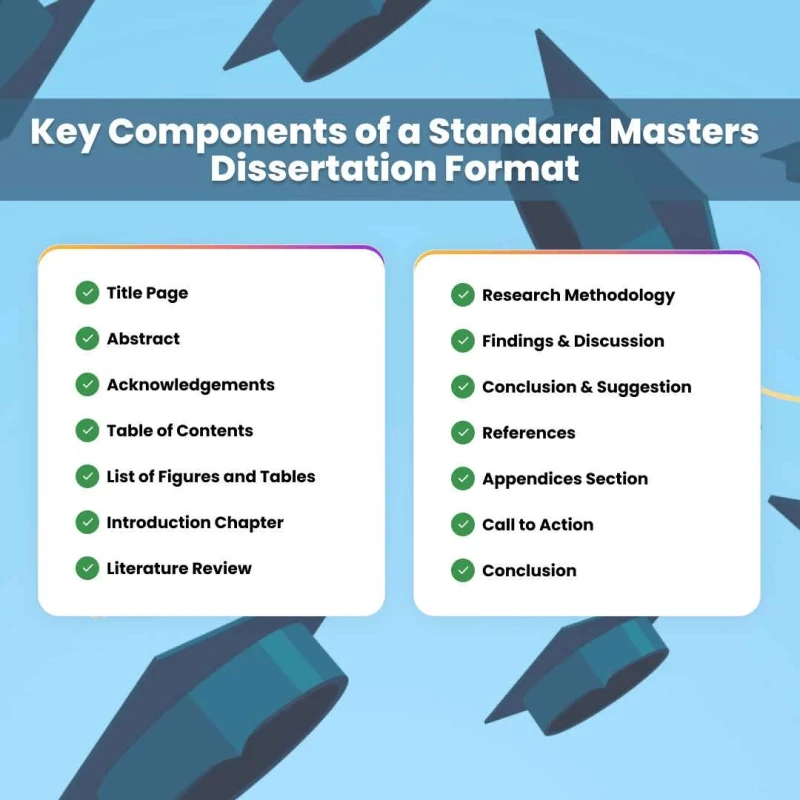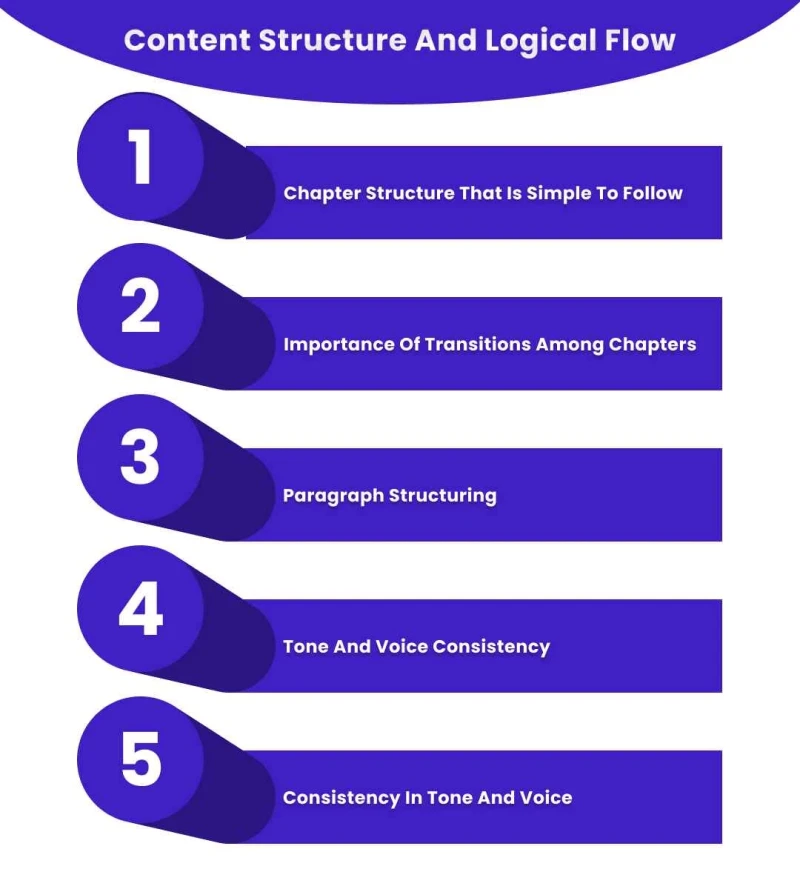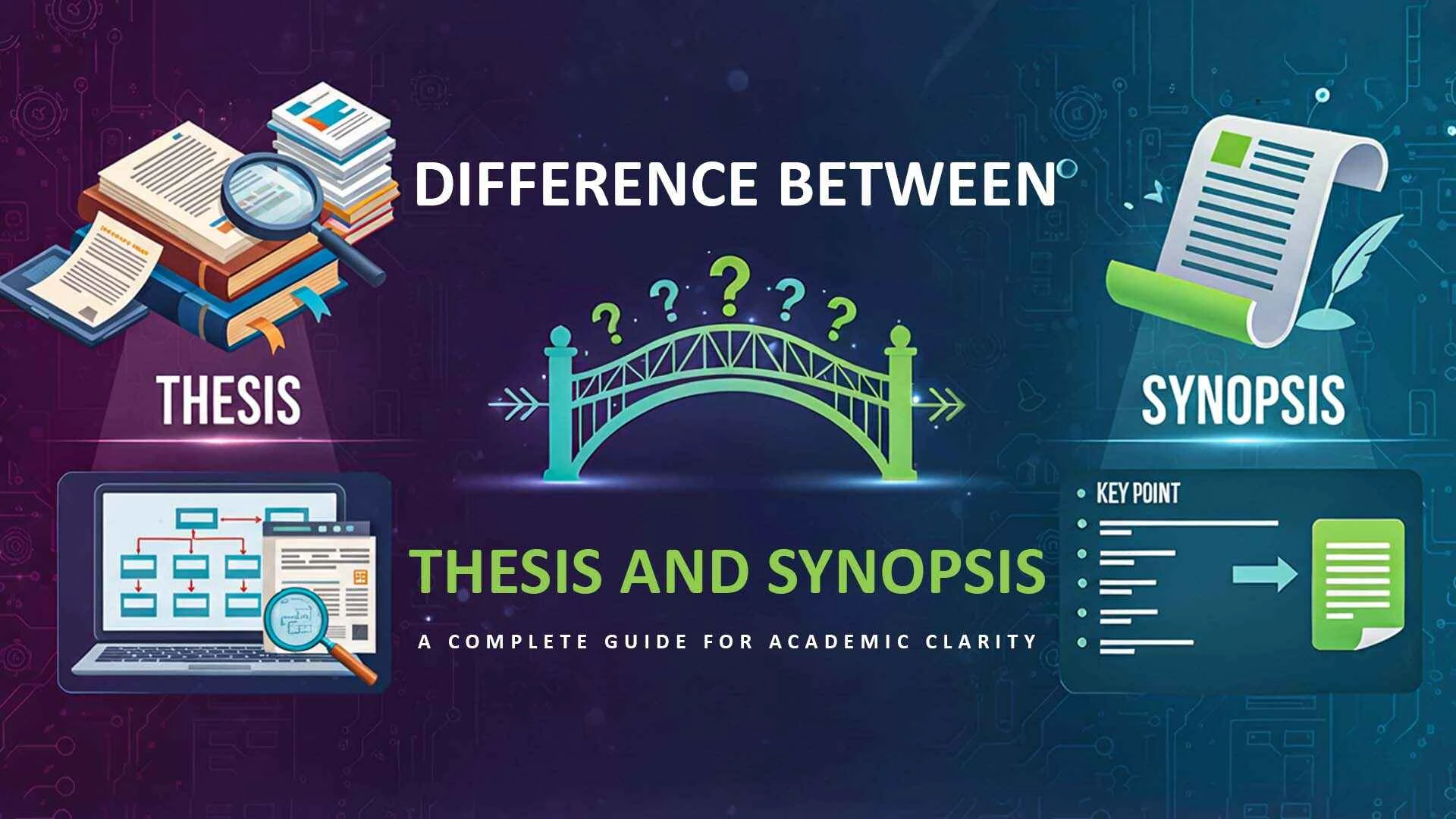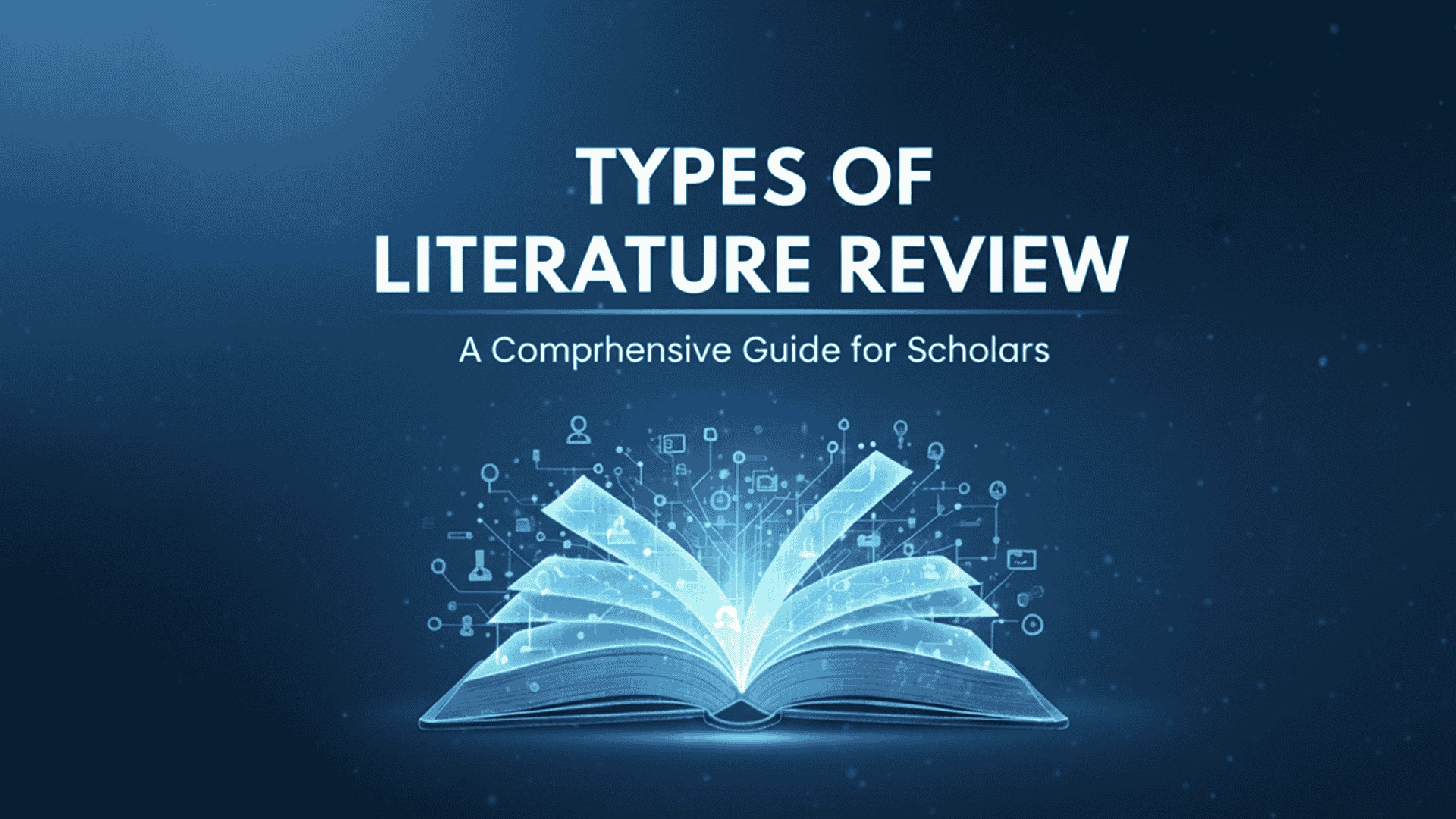
Katy Richard.K
An organized dissertation format for master's students plays a crucial role in enhancing the clarity, professionalism, and academic integrity of research work for master's. The title page to the bibliography, each part needs to adhere to certain standards. For students perplexed by formatting rules, professional academic help in the form of Ondezx can simplify the task and make it stress-free.
Proper dissertation format for masters is important to deliver your work in an understandable way, meet academic demands, and get accepted by the reviewers. Follows are the reasons why format truly makes a difference:
Your perfectionism, scholar's discipline, and commitment are highlighted through well-formatted dissertations, which ultimately make the overall effect of your study more powerful.
Each institution has its guidelines. Adhering to them shows that you’ve followed academic protocols and increases acceptance chances.
A clear and consistent thesis format helps your supervisor and reviewers understand your work easily and evaluate it efficiently. Want to make your formatting perfect? Check out the complete Thesis Format guidelines here.

A master's dissertation has to be in a specific format. Knowledge of each component guarantees structure, simplicity, and scholarly achievement.
Shows the title, author, student number, department, university logo, course, supervisor, and submission date.
Condenses objectives, methodology, main findings, and implications in 200–300 words for easy reference.
Shows appreciation to academic teachers, supervisors, peers, family, or organizations that aided your dissertation journey.
Automatically generated chapter summary of all chapters, sub-sections, and their corresponding page numbers for easy reference.
Optional list of figures and tables utilized, assisting readers in finding them quickly within the document.
Presents the subject matter, research issue, aim, goals, and the general organization of the dissertation.
Interprets current research, examines salient themes, missing links, or inconsistencies pertinent to your subject.
Explains research design, sampling techniques, instruments, data collection, and analysis techniques used in the study.
Reports and explains gathered data, relating outcomes to your research questions and existing literature.
Summarizes findings, reports implications, and limitations, and suggests recommendations for future research or practice.
Lists all sources used, with consistent citation style such as APA, Harvard, MLA, or Chicago.
Includes supporting material like raw data, consent forms, questionnaires, interview transcripts, etc.
Don't wait until the last minute to worry about formatting—trust experts to ensure your dissertation is university-approved.
Use this format to structure content, comply with academic requirements, and present a professional-looking dissertation with confidence.
A well-designed dissertation format for master's must closely follow academic style guidelines for professionalism and clarity.
Utilize Times New Roman, 12-point font size, and double line spacing throughout.
Keep uniform font use in all sections—subheadings, headings, and body text.
Bold only main headings; do not underline unless necessary.
Standard page margins: 1 inch all around (top, bottom, left, and right).
Align text to the left margin, with the right side not justified for easier readability.
Make sure there are consistent page breaks and section spacing within chapters.
Adhere consistently to the approved citation style (e.g., APA 7, MLA, Harvard, or IEEE).
Have in-text citations for all sources referred to.
Insert a correctly formatted reference list or bibliography at the end.
Keep headings, subheadings, and page numbering consistent.
Utilize consistent styles for tables, figures, and charts, including referencing and labeling.
Our editors make sure all style guide requirements are fulfilled to the letter so you can accomplish a compliant and refined dissertation.

A well-structured dissertation is not merely a matter of appearing neat — it is a reflection of a student's diligent work ethic and dedication to studies. Having an awareness of the need for correct master's dissertation structure guarantees that your work will be read, appreciated, and possibly publishable. Here are the key structural and formatting issues to bear in mind:
There should be a logical order in each chapter that benefits your story of research. Transitions from one chapter to another are seamless and keep continuity intact so that the reader can easily follow the evolution of your arguments and conclusions.
Transitions are used to guide readers through your work. Transitions link important portions of the dissertation in a way that creates no sudden change in emphasis. A successful transition is informative and a smooth continuation from one chapter to another.
Each paragraph should deal with one idea, starting with a strong topic sentence and backed by evidence, examples, or description. Besides making it easier to read, this enhances the quality of your arguments in terms of clarity and persuasiveness.
Consistent academic tone generates credibility. Try to avoid too much switching between formal and informal tone. Use consistent tense (largely past or present perfect), third person, and academic jargon throughout the text.
Graphs such as diagrams, charts, and tables help in better understanding, particularly for data-driven content. They need to be properly formatted, however — title, figure number, and cited references — as laid down by your university's dissertation layout guidelines.
While your dissertation’s main document is critical, universities also expect you to manage supplementary materials professionally—especially when aiming for future journal publication. Below is a quick reference table outlining key expectations:
|
Category |
Guidelines |
|
File Type for Main Submission |
Submit in PDF format. Include all fonts, and ensure the file is openable across any device. |
|
Supplementary Material Formats |
Utilize .csv, .xlsx, .mp4, .mov, .zip, or .txt for data, media, or code. Data |
|
Data Accessibility and Integrity |
Ensure files are openable without proprietary software. Include readme.txt files where appropriate to detail structure or use of files. |
|
Publishing Format Compliance |
Use the given journal formatting if you are submitting for publication. Standardize citation styles, image resolutions, and appendices for insertions. |
|
Plagiarism and Proofreading |
All supplemental files must be original or appropriately referenced. Employ plagiarism detection software and proofread extremely carefully prior to submission. |
|
Embargo and Access Settings |
Specify whether you want your dissertation or supplemental files to be embargoed when ProQuest or institutional repository depositing. |
Even good content can be sunk by poor formatting. Some of the most commonly made errors by students on submission are:
Inconsistent headings
Poorly cited
Misaligned margins and spacings
Typos and grammatical errors
All these are reasons for rejection or heavy revisions, and it is essential to scrutinize each section before submission.
Hiring professional dissertation writers can actually enhance your standards of formatting and reduce submission anxiety. Professional writers are able to:
Boost approval times
Meet all university and journal standards
Free your time and reduce stress
Offer packages for students who are on a tight budget
Professional help ensures that not only is your dissertation format-free of flaws, it's also publishable.
Correct formatting is essential to your dissertation’s credibility and acceptance. Students are encouraged to carefully follow university guidelines or choose trusted Dissertation writing services for expert support and peace of mind.

Top 5 Best Literature Review Writing Service for PhD Scholars

Difference Between Thesis and Synopsis: A Complete Guide for Academic Clarity

Types of Literature Review Comprehensive Guide for Scholars

Best PhD Assistance Services

The Top 6 Best Research Paper Writing Services